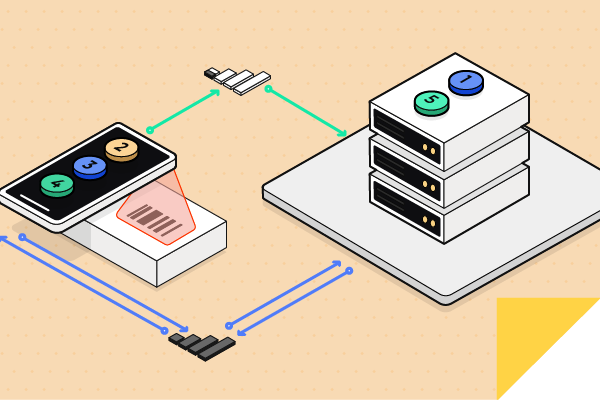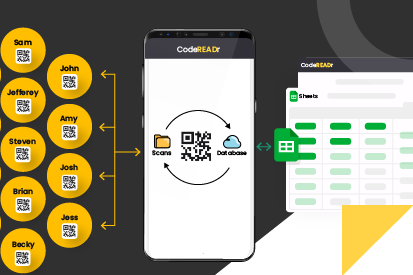October 20, 2016 • 10 min read
Optimizing Asset Tracking with Barcode Scanning: Effective Global Audits
CATEGORIES
SOCIAL SHARE
Key Features for a Robust Asset Tracking System
- Versatile Barcode Scanning Capabilities: An indispensable feature is the rapid and accurate scanning of various barcode formats. These include not just UPC/EAN, Code 39, and Code 128 barcodes, but also DataMatrix, Interleaved 2of5, QR Codes, among others. This versatility ensures the app can effortlessly process product IDs, serial numbers, warranty IDs, and component IDs, catering to all types of assets.
- Reliable Offline Data Capture: The application must offer functionality in environments without Wi-Fi or cellular network access. Essential is the ability to store data locally on the device for later upload once connectivity is re-established, enabling continuous asset tracking regardless of location.
- Broad Device Compatibility: Facilitating the use of personal or locally available Android and iOS devices for scanning avoids the significant costs associated with providing dedicated scanning equipment. However, the app should also be compatible with any existing on-site scanning devices.
- Global Deployment and Unlimited Tracking: The system should support simultaneous worldwide rollout, capable of tracking an infinite number of assets across numerous locations without restrictions.
- Secure Cloud-Based Record Management: It is critical that all scan records are securely transmitted to a central cloud server, ensuring data integrity and accessibility from anywhere.
- Enhanced Data Collection Tools: Incorporating the ability to collect additional information such as images, signatures, voice notes, and precise GPS coordinates adds value, especially for tagging, maintenance, or assessing damage of assets.
- Alternative Input Methods: Besides barcode scanning, the app should offer manual data entry or database lookup options to ensure flexibility in asset tagging and auditing.
- Efficient Asset Tagging: The capability to label new or undocumented assets with barcodes, QR codes, or NFC tags is vital for maintaining an up-to-date asset inventory.
- Auditor Identification: Recording the ID or username of individuals conducting audits enhances the accountability and traceability of the audit process.
- Data Export and Integration: The option to download scan records as CSV files for local database integration (e.g., Excel, Access) is essential. Furthermore, seamless integration with cloud databases like Google Sheets or QuickBase through API or Postback URL facilitates efficient data management.
Elevating Enterprise Asset Management: The Path to Advanced Asset Tracking Solutions
For organizations aiming to implement or upgrade their asset tracking systems, focusing on these top ten features is crucial for success in global asset management. By ensuring your asset tracking application encompasses these capabilities, particularly in barcode scanning efficiency, you’re setting the stage for a more organized, accessible, and secure asset audit process. This approach not only streamlines asset management but also significantly enhances operational efficiency and accountability across any enterprise.


